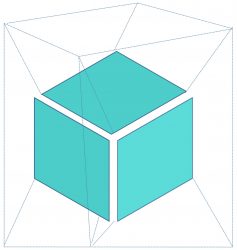Reports in the New York Times, The Guardian and Le Monde in recent weeks have brought to our attention that there are shocking ultimate steps undertaken by several employees of public services. In the case of the British post office a decade long inquiry has uncovered that 13 suicides of employees occurred after they had falsely been accused of fraud. A long time ago in France Telecom a series of suicides was also attributed to a harsh personnel policy. The Office of Public Finances (DGFiP) is confronted with a series of suicides in 20025 of 12 employees who apparently made the ultimate step to put an end to their life. Not all is to be blamed on the enterprises or public services concerned, however, they failed or omitted attempts to prevent the ultimate steps. Initiatives like peer listeners as anonymous contact points or access to psychological counseling are necessary parts of a responsible human resource practice, even if it might not be a sufficient condition to avoid the ultimate step in some instances. In many cases employees go far beyond their mental capacities in terms of commitment to their work, they should not be left alone in case of severe consequences.
Burn-out, for example, needs to be tackled as part of the responsibility of enterprises and public services alike. It is highly unfair to put the costs of psychological consequences on the shoulders of families and the state. Investigations into toxic leadership styles and the current revival of “workaholic” work ethos will have serious negative consequences for families and society as whole again.








 These measures are important for crops and agriculture, but also for trees and vegetation in general. The droughts of the last years show a lack of humidity in large parts of East Germany.
These measures are important for crops and agriculture, but also for trees and vegetation in general. The droughts of the last years show a lack of humidity in large parts of East Germany.

